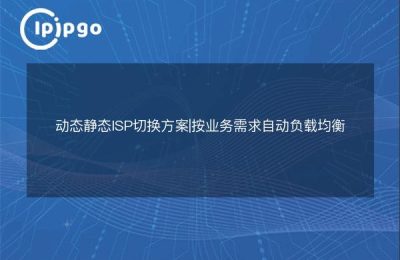
Static Proxy Implementation Steps (Static Proxy Example)
In software development, we often encounter situations where we need to perform additional operations on an object. Static proxy is a commonly used design pattern, which allows us to create a proxy object, encapsulate additional operations in the proxy object, so as to realize the control and extension of the target object. In this article, we will introduce the implementation steps of static proxies, and an example to illustrate its specific applications.
What is a static proxy?
Before we start with the implementation steps of a static proxy, let's understand what a static proxy is.
Static proxies mean that the proxy class is already determined at compile time, which means that when using static proxies, we need to write the proxy class manually.
Implementation steps for static proxies
Here are the steps to implement a static proxy:
- Define Interface: First, we need to define an interface that contains the methods that the target object needs to implement.
- Implementing the target object: Then, we need to implement the target object, i.e., implement the interface defined in the previous step and complete the business logic of the target object.
- Write a proxy class: Next, we need to write a proxy class that implements the interface implemented by the target object and holds a reference to the target object in the proxy class.
- Implementing Extra Operations in Proxy Classes: In a proxy class, we can implement some extra operations, such as performing some operations before or after calling the target object's methods.
- Creating a proxy object: Finally, we can create a proxy object through which we can invoke the methods of the target object.
Examples of static proxies
In order to better understand the steps involved in implementing a static proxy, let's take a simple example.
Suppose we have an interface `Image` which defines a method `display()`:
public interface Image {
void display(); }
}
Then, we have a concrete class `RealImage` that implements the `Image` interface:
public class RealImage implements Image {
private String filename; public RealImage(String filename) {
public class RealImage implements Image { private String filename; public RealImage(String filename) {
public class RealImage implements Image { private String filename; public RealImage(String filename) { this.filename = filename; this.
this.filename = filename; loadImage();
}
private void loadImage() {
System.out.println("Loading image: " + filename); }
}
public void display() {
System.out.println("Displaying image: " + filename); } public void display() { System.out.println("Displaying image: " + filename); }
}
}
Now, we want to print a log before calling the `display()` method of `RealImage`. At this point, we can accomplish this with a static proxy:
public class ImageProxy implements Image {
private RealImage realImage; public ImageProxy(String filename) {
public ImageProxy(String filename) {
this.realImage = new RealImage(filename); }
}
public void display() {
System.out.println("Before displaying image: " + realImage.getFilename()); realImage.display(); } public void display(String filename) { this.
realImage.display();
}
}
In the above code, `ImageProxy` implements the `Image` interface and prints the log first in the `display()` method and then calls the `display()` method of `RealImage`.
Now we can create proxy objects to use:
public class Main {
public static void main(String[] args) {
Image image = new ImageProxy("example.jpg");
image.display();
}
}
Run the above code and the output is as follows:
Before displaying image: example.jpg Loading image: example.jpg Displaying image: example.jpg
As you can see, the `display()` method of `ImageProxy` is called, the log is printed first, and then the `display()` method of `RealImage` is called, which implements the additional operation.
summarize
Static proxies are a commonly used design pattern to help us control and extend the target object. By defining an interface, implementing the target object, writing a proxy class and implementing additional operations in the proxy class, we can create a proxy object that enables us to proxy the target object.
In this article, we introduce the implementation steps of static proxies and use an example to illustrate its specific application. We hope this article helps you understand static proxies.








